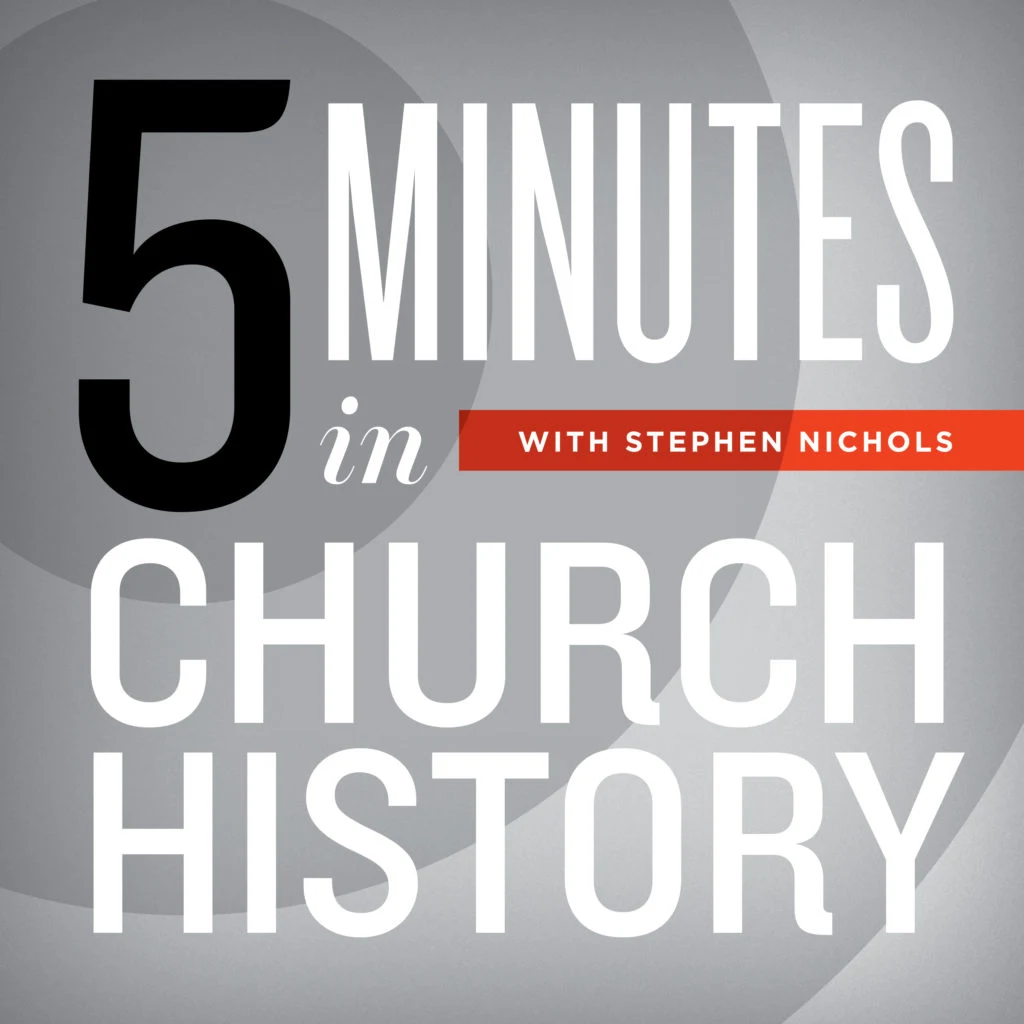The 9 Heroes

Who are your heroes? On this episode of 5 Minutes in Church History, Dr. Stephen Nichols introduces us to nine larger-than-life figures and the medieval tapestries that celebrate them.
Who are your heroes? Do you have list of your top nine heroes? The reason I'm asking is because the subject of this week's episode is the Nine Heroes Tapestries. It's actually a set of tapestries in a whole room at the Met Cloisters in New York City. They are identified as Netherlandish. They are from the first decade of the 1400s and the 1410s. They are made of wool and they're “warp and weft.” “Weft,” or, “woof,” as it is sometimes called, means that this is a woven tapestry.
It's all handmade. It's meticulous. It is an amazing work of art. Before it was a tapestry, though, it was a poem. It was written in 1312 and it commemorated nine heroes. Well, who are these nine? Three are from the classical tradition. First, we have Hector. You remember him. He was the son of Priam. He was the defender of Troy. And of course, he died. Next up is Alexander the Great from the 300s BC. At the age of thirty-five, he had the largest empire in the ancient world at that time. Alexander the Great is a hero. The third one is from the first century BC. That is Julius Caesar. He is to the Roman Empire as Alexander the Great is to the Greek Empire.
Then, we have two heroes from the Old Testament times: Joshua and David. These are both leaders. These are both military men, and these are clearly heroes in the narrative of the Old Testament.
There's a third as we move into the intertestamental period, and this is Judas Maccabeus. He was the Jewish priest who led the Maccabean revolt against the Greeks. In fact, the celebration of Hanukkah commemorates the exploits and achievements of Judas Maccabeus.
The final three heroes are from the era of Christendom. The seventh hero is the legendary King Arthur. There is so much to sift through, fact from fiction. Who knows? But he is one of the great stories of the Era of Christendom, and so he gets a tapestry. Then comes Charlemagne, also known as Charles Magnus or Charles the Great. He was crowned Holy Roman Emperor on Christmas Day in 800, and of course is one of the great leaders of the era of Christendom.
Ninth and last is Godfrey de Bouillon. He was born in what is now modern-day Belgium. At the time he was considered a Frank. He was a knight in the first crusade. He was very successful in overtaking Jerusalem, and in 1099 there was a move to make him the king of Jerusalem. Legend has it that he refused the title and instead took the title “Advocatus,” or, “Defender.” There are three stories that tell how Godfrey de Bouillon died. Either he was struck by an arrow, he fell ill of natural causes, or he was poisoned. But at any rate, on July 18, 1100, he died. And he makes up the ninth of the nine heroes of the Nine Heroes Tapestry.
This began as a poem from 1310. A century later, it became a tapestry. It was handed down through various hands and it made its way across the Atlantic Ocean and into the Met Cloisters Museum in New York City.
Recent Episodes
A Little Church History of a Middle Colony: Early Influences
December 10, 2025|American Church History
Gunpowder and a Proclamation
December 3, 2025|Geographical Perspectives
Thanksgiving in Church History
November 26, 2025|American Church History
3 Sermons on the Hallelujah Chorus
November 19, 2025|General Church History
Charles Jennens’ Libretto
November 12, 2025|General Church History
Cyprian of Carthage: Crisis in the 3rd Century
November 5, 2025|General Church History
